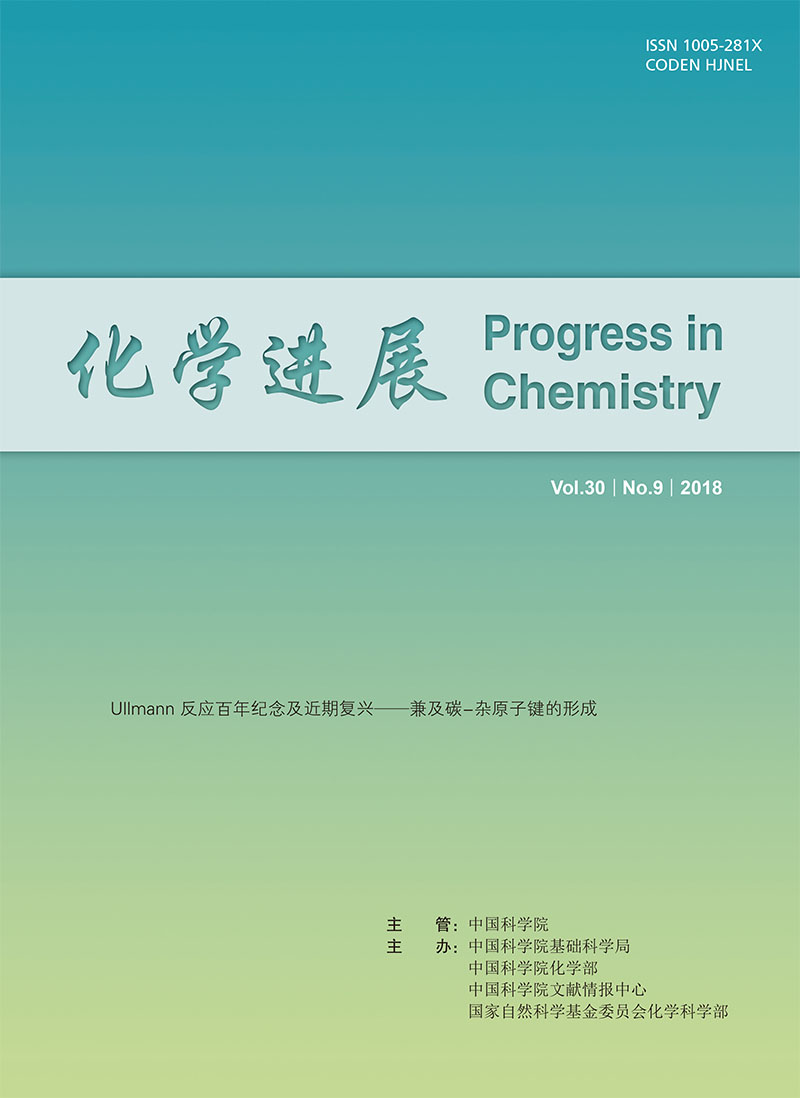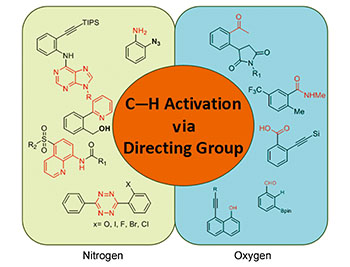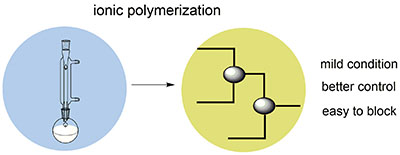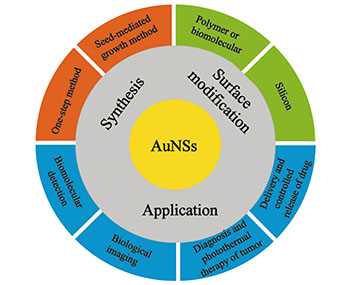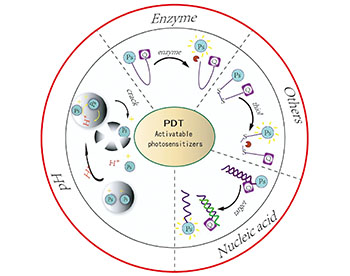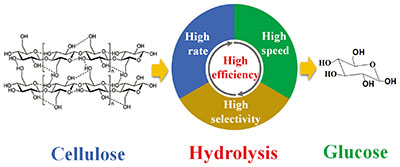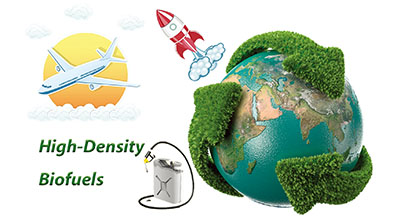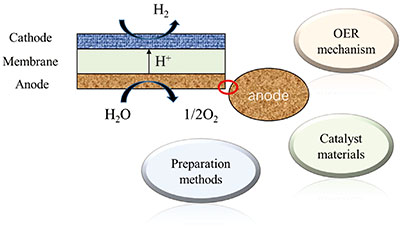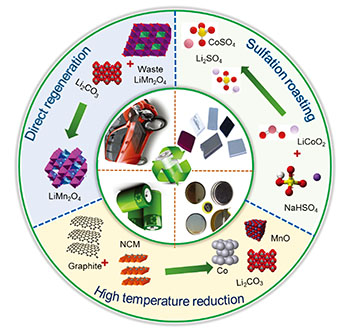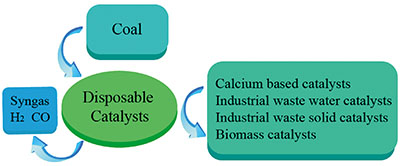Lixin Dai*. Ullmann Reaction,A Centennial Memory and Recent Renaissance——Related Formation of Carbon-Heteroatom Bond[J]. Progress in Chemistry, 2018, 30(9): 1257-1297.
By the efforts of several chemists in the end of last century, the acceleration effect of the Cu catalyzed Ullmann condensation by compounds with certain structure units or ligands was found. Thereafter, a surge of research interest was directed to this reaction. In this paper, the selection of various types of ligands, especially the oxalyldiamide type, the consideration of bases to be used especially the organic ionic bases, the immobilization of cooper sources and ligands and the green chemistry in Ullmann condensation are reviewed.
In 2004, Irina Beletskaya queried incisively and adequately a question:Is this a renaissance? Or "In the field of metal catalyzed cross coupling reactions, is the copper catalyzed reaction already a strong competitor to the palladium catalyzed reaction?" Beletskaya pointed out profoundly the five major drawbacks of copper catalyzed reaction. After more than ten years oxtensive investigation, a clear cut answer to this question was made as a result of several hundreds research papers dealing with the Ullmann cross coupling reactions.
Contents
1 Historical review
1.1 Name and scope of ullmann reaction
1.1.1 Ullmann reaction or ullmann coupling reaction
1.1.2 Ullmann condensation
1.2 Merits of Fritz ullmann
1.3 The follow-up achievements
2 The improvements of Ullmann condensation:the ligand accelerated Ullmann condensation
2.1 Acceleration effect by amino-acids
2.2 N, N-bidentate ligands——the phenanthrolines
2.3 N, N-bidentate ligands——the 1,2-diamines
2.4 O, O-bidentate ligands
2.5 O, N-bidentate ligands
2.5.1 Salicyl type-N, O-ligands and a tetra-dentate schiff base ligand
2.5.2 Amino alcohol ligands
2.5.3 The other O,N-bidentate ligands
2.6 Phosphorous containing ligands
2.7 The ligands used in the direct hydroxylation and direct amination of aryl Halides.
2.8 Is ligand necessary or is ullmann condensation really a "ligand accelerated catalysis"?
3 The improvements of Ullmann condensation by parameters other than ligands
3.1 The modification and loading of copper sources
3.2 The consideration of bases used
3.3 The technologies of micro-wave and supersonic used in the acceleration of rates of Ullmann condensations
3.4 The selection of solvent
4 The question of Irina Beletskaya
4.1 Five major points of Beletskaya's question
4.2 The re-examination of the cu-catalyzed Ullmann condensation after the query by Beletskaya
4.2.1 To moderate the reaction condition
4.2.2 To reduce the amounts of catalyst and ligands used
4.2.3 To make the reaction to be sustainable
4.3 The discovery of excellent ligands type——the oxalyl diamides
4.3.1 Breakthrough——the use of aryl chlorides
4.3.2 Broadening the scope of using aryl chlorides
4.3.3 The reduction of amounts of catalyst with oxalyl diamide
4.4 A difficult target for Ullmann condensation——the N-arylation of imidazole
4.5 Answer to the question of Beletskaya
4.5.1 Practical application of Ullmann condensation
4.5.2 The reduction of amounts of catalyst used
4.5.3 The use of aryl chloride
4.5.4 Tosylate or triflate as leaving group.
4.5.5 The advancement of green chemistry in Ullmann condensation
4.5.5.1 The reusable catalytic system
4.5.5.2 The use of water as solvent
4.6 Concluding remarks
5 Acknowledgements




